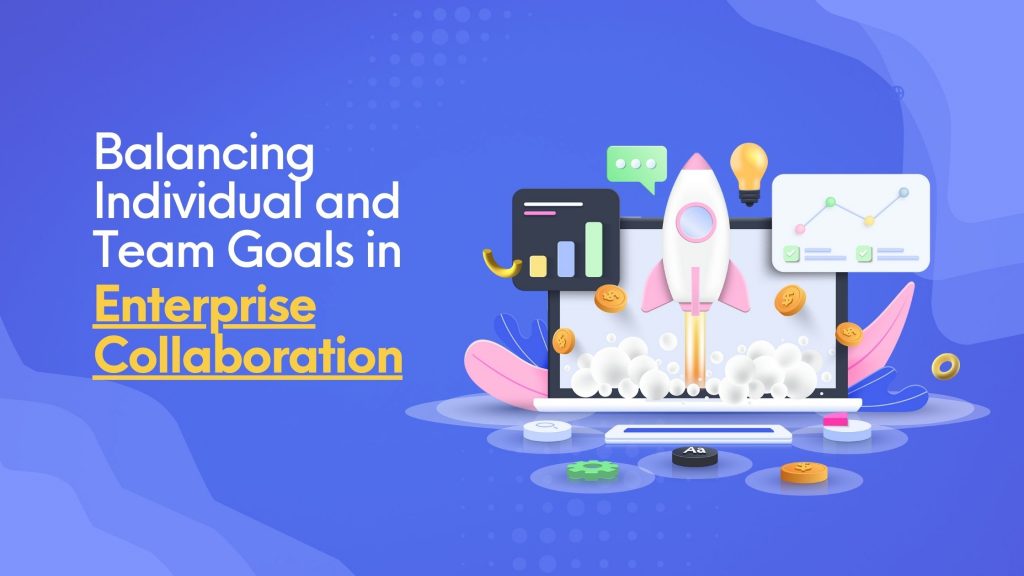Balancing Individual and Team Goals in Enterprise Collaboration

Role of collaboration in balancing individual and team goals What are the individual goals in enterprise collaboration? What are the team goals in enterprise collaboration? Why do you need to strike a balance? A win-win situation It goes without saying that a contented workforce contributes to a prosperous organization. It is a triumph for us […]
